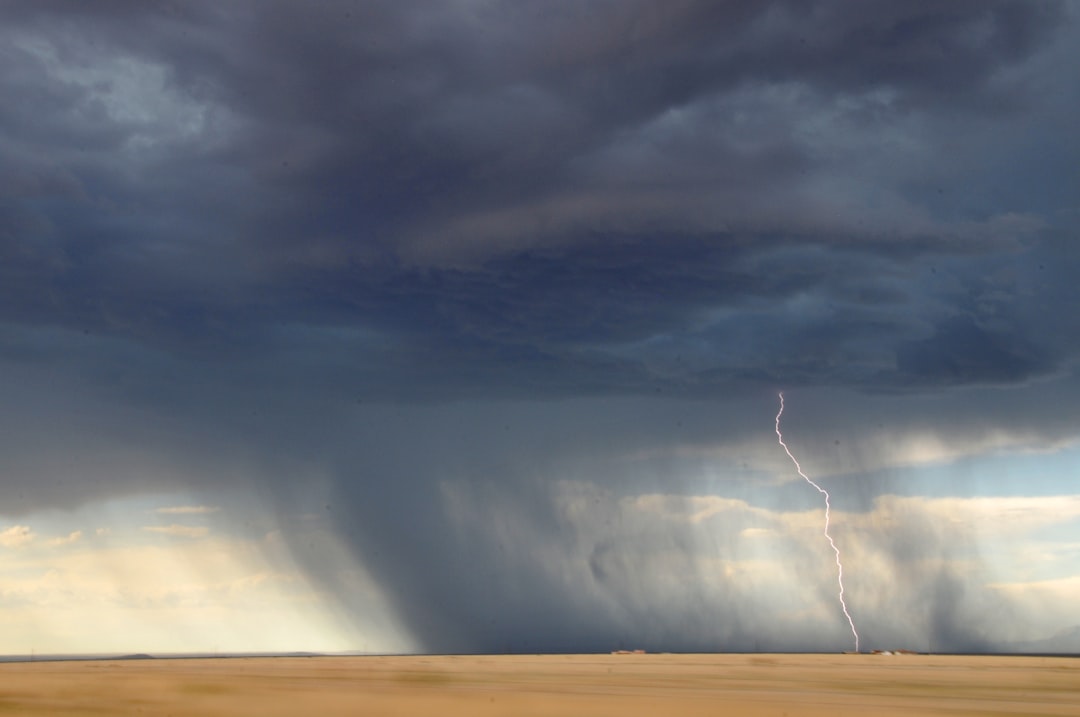What is it about?
When extreme weather occurs, the question often arises whether the event was produced by climate change. Two types of errors are possible when attempting to answer this question. One type of error is underestimating the role of climate change, thereby failing to properly alert the public and appropriately stimulate efforts at adaptation and mitigation. The second type of error is overestimating the role of climate change, thereby elevating climate anxiety and potentially derailing important public discussions with false alarms. Long before societal concerns about global warming became widespread, meteorologists were addressing essentially the same tradeoff when deciding whether to issue a warning for hazardous weather. Here we review forecast-verification statistics for severe weather warnings and discuss how such forecasting relates to the attribution of extreme events to climate change.
Featured Image

Photo by NOAA on Unsplash
Why is it important?
While the parallels between the issuance of hazardous-weather warnings and the attribution of extreme events under climate change are limited, it is useful to share information about the issuance of severe weather warnings with those working on climate change attribution. Given the time lag between greenhouse gas emissions and the steady-state warming they induce in the Earth's climate, it is clearly advantageous to inform the public about events attributable to global warming as early as possible. When the signal from such warming is small, errors involving over-attribution will be associated with any reasonable attribution threshold. As we illustrate, both in the context of tornado warnings and the attribution of extreme maximum temperatures, attempts to reduce false alarms are accompanied by much larger reductions in the probability of detection. To allow the NWS forecasting system to achieve its current probabilities of detection for the hazardous-weather conditions considered in this paper, the NWS forecasts necessarily include lots of false alarms. Global warming is another grave threat to mankind, and its impact will grow in the future. When the public asks if some extreme weather event is linked to global warming, and atmospheric scientists formulate their answer, they are faced with tradeoffs reminiscent of those faced by forecasters issuing warnings for hazardous weather. We need to follow the practice of operational meteorologists and tolerate some false alarms when setting thresholds that alert the public to the likelihood of contributions from global warming.
Perspectives
I hope the tradeoff between improving the "probability of detection" and decreasing the "false alarm rate" gets more attention when attempts are made to determine whether extreme weather events should be attributed to climate change.
Professor Dale R Durran
University of Washington System
Read the Original
This page is a summary of: Can the Issuance of Hazardous-Weather Warnings Inform the Attribution of Extreme Events to Climate Change?, Bulletin of the American Meteorological Society, August 2020, American Meteorological Society,
DOI: 10.1175/bams-d-20-0026.1.
You can read the full text:
Contributors
The following have contributed to this page










